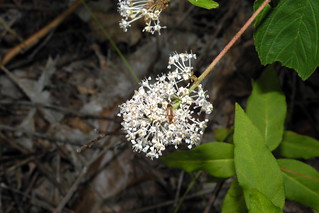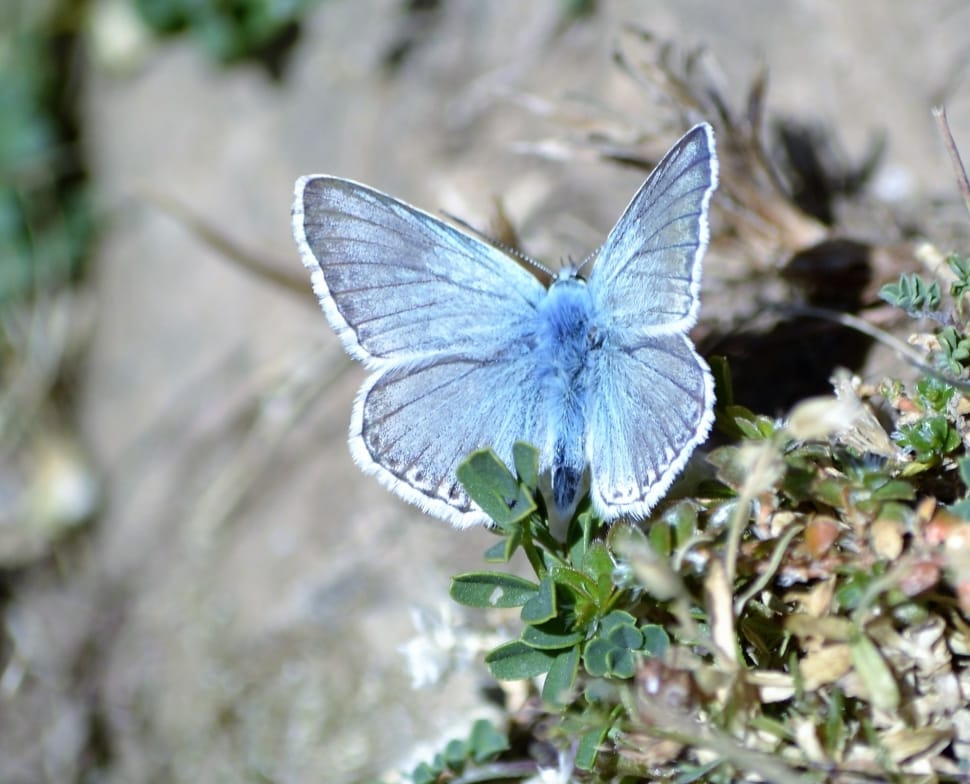(Photo Credit: JohnOyston)
By Sandra Nelson
This week’s pick by Sandra Nelson,
New Jersey Tea
Picture masses of gorgeous, pure white flowers hosting visits from dozens of brightly colored butterflies and a delicate fragrance filling the air. Even better, picture that idyllic scene on the rocky hillside in your yard where nothing else will grow. New Jersey tea, a small native deciduous shrub, holds the starring role in that picture.
New Jersey tea, commonly found in prairies, dry open woodlands and sunny glades, grows to a mature height and width of about three feet. It flowers best in a full sun situation, but also does well in partial shade. New Jersey tea, also known as wild snowbell or redroot, thrives in a wide variety of soil types — from average to poor, deep to shallow and moist to dry, as long as the location is well-drained. Because of its extremely deep taproot, an established New Jersey tea shrub can tolerate drought conditions, but does not transplant well. It’s best to plant this species in its final location.
Beginning in May and continuing into early July, clusters of tiny white flowers appear on short stems that are attached to sturdy green stalks. Both beautiful and fragrant in the garden, the blooms of New Jersey tea are also long-lasting cut flowers. As an added bonus, even the dark green leaves give off a pleasing scent when crushed. In winter, the young stems that do not die back to the ground add a touch of yellow to the winter landscape.
Like most natives, New Jersey tea plays an important role in maintaining the health of our ecosystems. Native bees, honey bees and other beneficial insects gather its pollen, an assortment of hummingbirds and butterflies drink its nectar and the larvae of Spring Azure, Summer Azure and Mottled Duskywing butterflies feed on its foliage. Songbirds flock to its small, black fruit that appears once the flowers have faded. Rabbits and other small mammals feed on the leaves and stems if other food is in short supply.
Valued by Native American tribes for its medicinal uses and by early colonists as a tea substitute, the New Jersey tea shrub today is prized in the home landscape. It works well as part of a mixed bed, in a foundation planting and as a ground holder for rocky slopes or a ground cover for thin, dry and rocky soils.
Zones: 4 – 8
Companion plants: Butterfly milkweed, yarrow, showy goldenrod





